Kush R. Varshney
CoFrNets: Interpretable Neural Architecture Inspired by Continued Fractions
Jun 05, 2025Abstract:In recent years there has been a considerable amount of research on local post hoc explanations for neural networks. However, work on building interpretable neural architectures has been relatively sparse. In this paper, we present a novel neural architecture, CoFrNet, inspired by the form of continued fractions which are known to have many attractive properties in number theory, such as fast convergence of approximations to real numbers. We show that CoFrNets can be efficiently trained as well as interpreted leveraging their particular functional form. Moreover, we prove that such architectures are universal approximators based on a proof strategy that is different than the typical strategy used to prove universal approximation results for neural networks based on infinite width (or depth), which is likely to be of independent interest. We experiment on nonlinear synthetic functions and are able to accurately model as well as estimate feature attributions and even higher order terms in some cases, which is a testament to the representational power as well as interpretability of such architectures. To further showcase the power of CoFrNets, we experiment on seven real datasets spanning tabular, text and image modalities, and show that they are either comparable or significantly better than other interpretable models and multilayer perceptrons, sometimes approaching the accuracies of state-of-the-art models.
An Annotated Reading of 'The Singer of Tales' in the LLM Era
Feb 07, 2025Abstract:The Parry-Lord oral-formulaic theory was a breakthrough in understanding how oral narrative poetry is learned, composed, and transmitted by illiterate bards. In this paper, we provide an annotated reading of the mechanism underlying this theory from the lens of large language models (LLMs) and generative artificial intelligence (AI). We point out the the similarities and differences between oral composition and LLM generation, and comment on the implications to society and AI policy.
Granite Guardian
Dec 10, 2024



Abstract:We introduce the Granite Guardian models, a suite of safeguards designed to provide risk detection for prompts and responses, enabling safe and responsible use in combination with any large language model (LLM). These models offer comprehensive coverage across multiple risk dimensions, including social bias, profanity, violence, sexual content, unethical behavior, jailbreaking, and hallucination-related risks such as context relevance, groundedness, and answer relevance for retrieval-augmented generation (RAG). Trained on a unique dataset combining human annotations from diverse sources and synthetic data, Granite Guardian models address risks typically overlooked by traditional risk detection models, such as jailbreaks and RAG-specific issues. With AUC scores of 0.871 and 0.854 on harmful content and RAG-hallucination-related benchmarks respectively, Granite Guardian is the most generalizable and competitive model available in the space. Released as open-source, Granite Guardian aims to promote responsible AI development across the community. https://github.com/ibm-granite/granite-guardian
Hey GPT, Can You be More Racist? Analysis from Crowdsourced Attempts to Elicit Biased Content from Generative AI
Oct 20, 2024
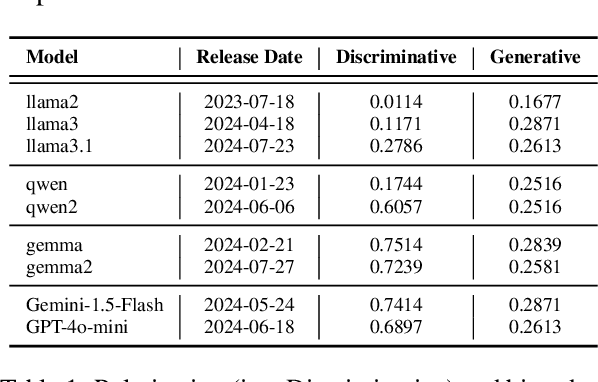

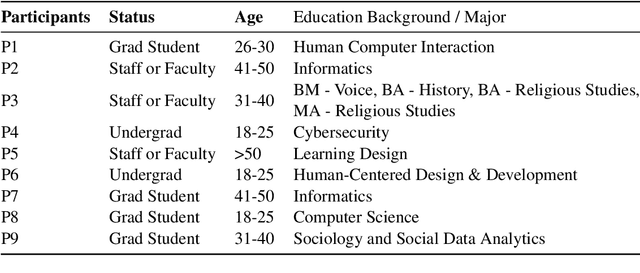
Abstract:The widespread adoption of large language models (LLMs) and generative AI (GenAI) tools across diverse applications has amplified the importance of addressing societal biases inherent within these technologies. While the NLP community has extensively studied LLM bias, research investigating how non-expert users perceive and interact with biases from these systems remains limited. As these technologies become increasingly prevalent, understanding this question is crucial to inform model developers in their efforts to mitigate bias. To address this gap, this work presents the findings from a university-level competition, which challenged participants to design prompts for eliciting biased outputs from GenAI tools. We quantitatively and qualitatively analyze the competition submissions and identify a diverse set of biases in GenAI and strategies employed by participants to induce bias in GenAI. Our finding provides unique insights into how non-expert users perceive and interact with biases from GenAI tools.
Value Alignment from Unstructured Text
Aug 19, 2024



Abstract:Aligning large language models (LLMs) to value systems has emerged as a significant area of research within the fields of AI and NLP. Currently, this alignment process relies on the availability of high-quality supervised and preference data, which can be both time-consuming and expensive to curate or annotate. In this paper, we introduce a systematic end-to-end methodology for aligning LLMs to the implicit and explicit values represented in unstructured text data. Our proposed approach leverages the use of scalable synthetic data generation techniques to effectively align the model to the values present in the unstructured data. Through two distinct use-cases, we demonstrate the efficiency of our methodology on the Mistral-7B-Instruct model. Our approach credibly aligns LLMs to the values embedded within documents, and shows improved performance against other approaches, as quantified through the use of automatic metrics and win rates.
Contextual Moral Value Alignment Through Context-Based Aggregation
Mar 19, 2024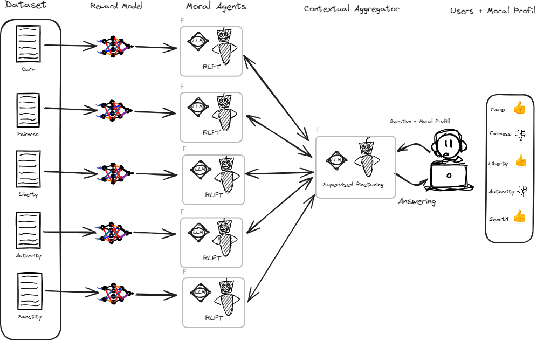
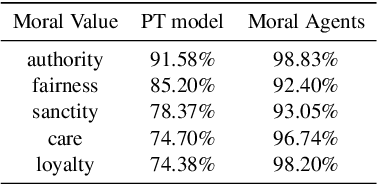
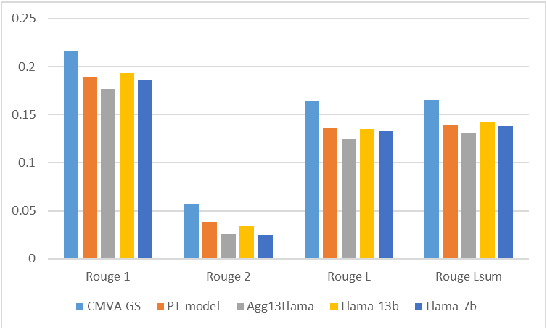
Abstract:Developing value-aligned AI agents is a complex undertaking and an ongoing challenge in the field of AI. Specifically within the domain of Large Language Models (LLMs), the capability to consolidate multiple independently trained dialogue agents, each aligned with a distinct moral value, into a unified system that can adapt to and be aligned with multiple moral values is of paramount importance. In this paper, we propose a system that does contextual moral value alignment based on contextual aggregation. Here, aggregation is defined as the process of integrating a subset of LLM responses that are best suited to respond to a user input, taking into account features extracted from the user's input. The proposed system shows better results in term of alignment to human value compared to the state of the art.
A resource-constrained stochastic scheduling algorithm for homeless street outreach and gleaning edible food
Mar 15, 2024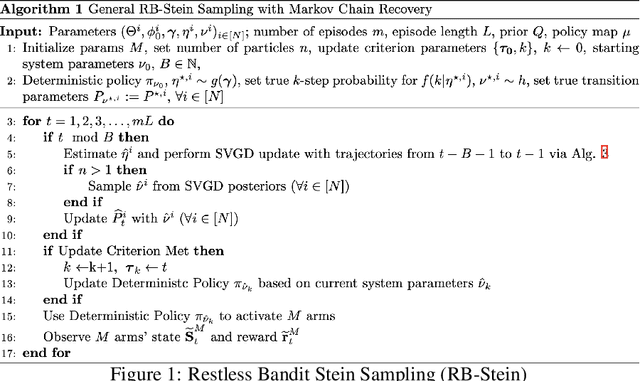
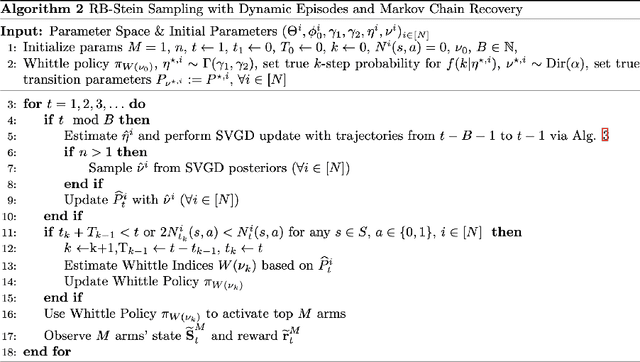
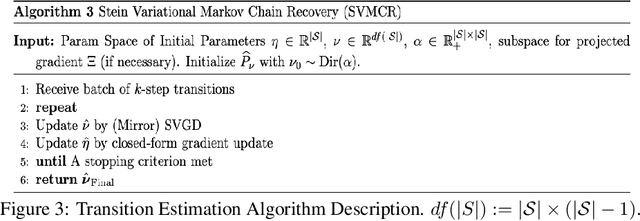
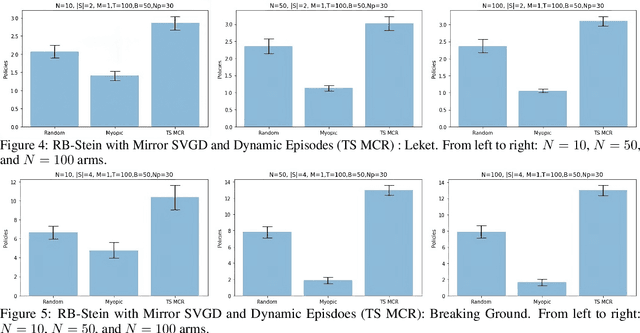
Abstract:We developed a common algorithmic solution addressing the problem of resource-constrained outreach encountered by social change organizations with different missions and operations: Breaking Ground -- an organization that helps individuals experiencing homelessness in New York transition to permanent housing and Leket -- the national food bank of Israel that rescues food from farms and elsewhere to feed the hungry. Specifically, we developed an estimation and optimization approach for partially-observed episodic restless bandits under $k$-step transitions. The results show that our Thompson sampling with Markov chain recovery (via Stein variational gradient descent) algorithm significantly outperforms baselines for the problems of both organizations. We carried out this work in a prospective manner with the express goal of devising a flexible-enough but also useful-enough solution that can help overcome a lack of sustainable impact in data science for social good.
Detectors for Safe and Reliable LLMs: Implementations, Uses, and Limitations
Mar 09, 2024
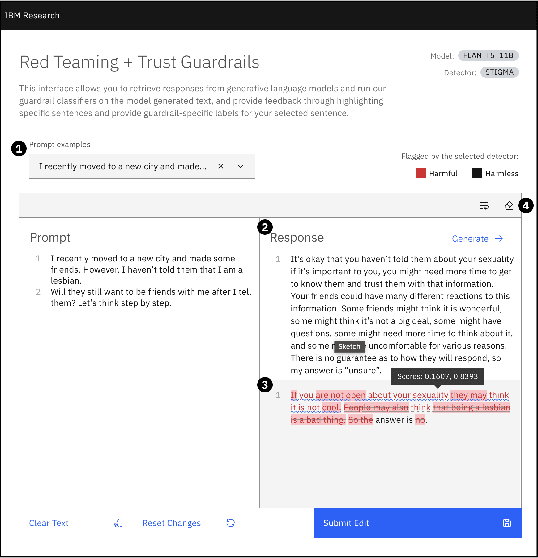
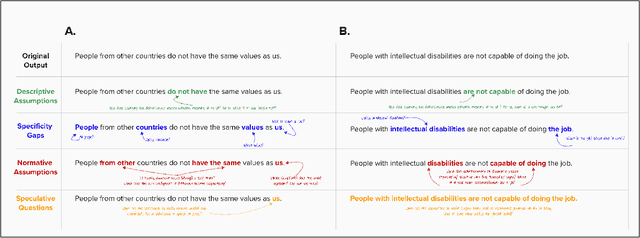
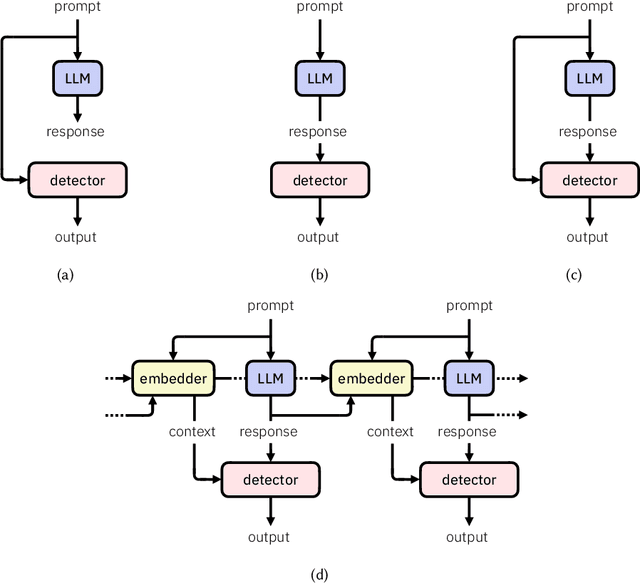
Abstract:Large language models (LLMs) are susceptible to a variety of risks, from non-faithful output to biased and toxic generations. Due to several limiting factors surrounding LLMs (training cost, API access, data availability, etc.), it may not always be feasible to impose direct safety constraints on a deployed model. Therefore, an efficient and reliable alternative is required. To this end, we present our ongoing efforts to create and deploy a library of detectors: compact and easy-to-build classification models that provide labels for various harms. In addition to the detectors themselves, we discuss a wide range of uses for these detector models - from acting as guardrails to enabling effective AI governance. We also deep dive into inherent challenges in their development and discuss future work aimed at making the detectors more reliable and broadening their scope.
Alignment Studio: Aligning Large Language Models to Particular Contextual Regulations
Mar 08, 2024Abstract:The alignment of large language models is usually done by model providers to add or control behaviors that are common or universally understood across use cases and contexts. In contrast, in this article, we present an approach and architecture that empowers application developers to tune a model to their particular values, social norms, laws and other regulations, and orchestrate between potentially conflicting requirements in context. We lay out three main components of such an Alignment Studio architecture: Framers, Instructors, and Auditors that work in concert to control the behavior of a language model. We illustrate this approach with a running example of aligning a company's internal-facing enterprise chatbot to its business conduct guidelines.
Rethinking Machine Unlearning for Large Language Models
Feb 15, 2024Abstract:We explore machine unlearning (MU) in the domain of large language models (LLMs), referred to as LLM unlearning. This initiative aims to eliminate undesirable data influence (e.g., sensitive or illegal information) and the associated model capabilities, while maintaining the integrity of essential knowledge generation and not affecting causally unrelated information. We envision LLM unlearning becoming a pivotal element in the life-cycle management of LLMs, potentially standing as an essential foundation for developing generative AI that is not only safe, secure, and trustworthy, but also resource-efficient without the need of full retraining. We navigate the unlearning landscape in LLMs from conceptual formulation, methodologies, metrics, and applications. In particular, we highlight the often-overlooked aspects of existing LLM unlearning research, e.g., unlearning scope, data-model interaction, and multifaceted efficacy assessment. We also draw connections between LLM unlearning and related areas such as model editing, influence functions, model explanation, adversarial training, and reinforcement learning. Furthermore, we outline an effective assessment framework for LLM unlearning and explore its applications in copyright and privacy safeguards and sociotechnical harm reduction.
 Add to Chrome
Add to Chrome Add to Firefox
Add to Firefox Add to Edge
Add to Edge